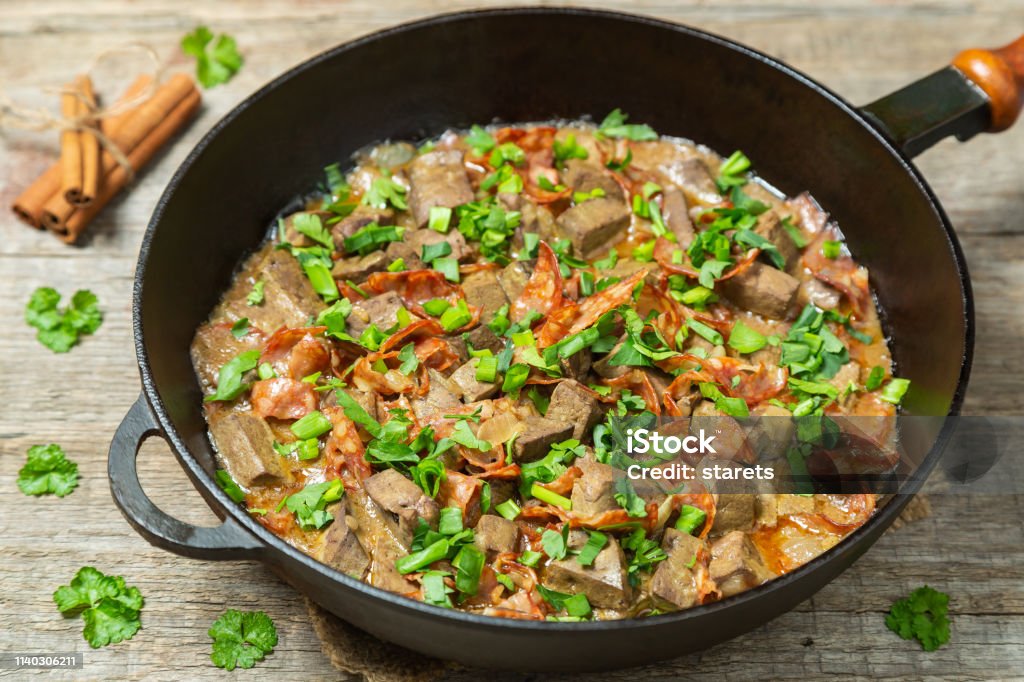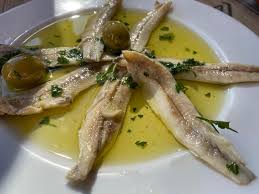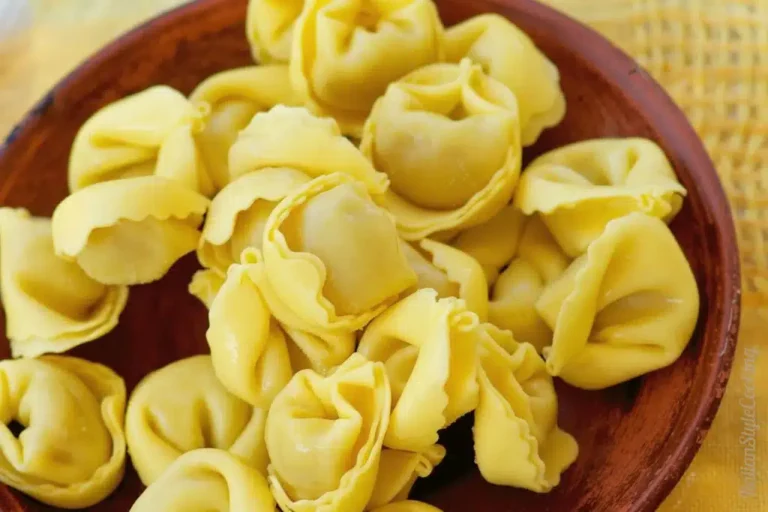
Chanfaina is a classic Spanish stew known for its rich flavors, hearty ingredients, and historical significance. Originating from Spanish regions like Andalusia and Extremadura, this dish embodies the warmth of Spanish comfort food and reflects centuries-old culinary traditions. At its core, changing is a stew made with lamb and seasoned with a medley of spices, creating a bold and comforting flavor profile. It’s a dish rooted in rural cooking, originally made by shepherds using simple ingredients to create a nutritious meal.
By exploring chanfaina, you can gain insight into Spanish culture, traditional cooking techniques, and regional flavors. With its strong ties to Mediterranean cuisine, this dish is beloved not only for its taste but also for its historical connection to Spain’s diverse food culture.
The Origins and History of Chanfaina
The story of change is intertwined with the history of Spain’s rural communities. This dish has its roots in shepherd culture across Andalusia and Extremadura, regions where lamb is a staple protein. Originally, changing was prepared by shepherds and farmers who combined lamb with local spices and vegetables to make a nourishing meal that could sustain them throughout the day. Over time, changing became a cherished recipe in Spanish households, evolving as cooks introduced new ingredients and cooking methods.
This dish reflects the essence of traditional Spanish recipes, showcasing how locals adapted ingredients based on what was available. Today, changing holds cultural significance and is often served during festivals and family gatherings, connecting modern Spanish families to their historical roots.
Key Ingredients of Chanfaina: What You Need to Make It
Chanfaina relies on a specific set of changing ingredients that create its unique taste and texture. Here’s a breakdown of each component and its role in the dish:
- Lamb: The primary protein, lamb is essential for the authentic changing flavor, adding richness and depth to the stew. The meat’s tender texture after slow cooking complements the dish’s savory profile.
- Garlic and Onions: These staples of Mediterranean cooking create the base for the stew, providing depth and aroma that bring out the flavors of other ingredients.
- Tomatoes and Peppers: Adding acidity and sweetness, these vegetables balance the dish and contribute to its thick, comforting texture.
- Paprika, Cumin, and Bay Leaves: Essential spices for Spanish lamb dishes, these seasonings add warmth, smokiness, and earthy tones that define chanfaina’s taste.
Each ingredient contributes to chanfaina’s hearty profile, creating a Spanish lamb stew that’s both flavorful and satisfying. Using fresh, high-quality ingredients is crucial to capturing the authentic taste of changing and replicating its traditional essence.
How to Make Chanfaina: Step-by-Step Recipe Guide
Preparing the Ingredients
To make changes, start by seasoning the lamb generously with Spanish spices such as paprika, cumin, and a pinch of salt. Next, dice the onions, garlic, tomatoes, and peppers, setting them aside for the cooking process. This preparation stage is key to ensuring that each ingredient’s flavor develops fully in the stew.
Cooking and Seasoning Tips
- Sautéing: Begin by heating olive oil in a large pot and sauté the garlic and onions until they’re golden brown. This step brings out their sweetness and builds a flavor foundation for the stew.
- Adding Lamb and Vegetables: Add the seasoned lamb to the pot, followed by tomatoes and peppers. Allow the lamb to sear slightly, which enhances its flavor and locks in the juices.
- Slow Cooking: Cover the pot and let the changing cook on low heat, allowing the flavors to meld. Slow cooking is essential for changing as it tenderizes the lamb and enriches the stew’s taste.
This step-by-step approach to making changing ensures that each ingredient contributes fully to the dish’s savory, warming qualities.
Variations of Chanfaina Across Spain
While changing has common ingredients, variations exist across Spain, particularly in Extremadura and Andalusia. In Extremadura, changing may include rice or beans, adding texture, and making it a more filling dish. In Andalusia, the recipe might use slightly different spices or cooking techniques, reflecting local tastes and culinary preferences.
These regional variations showcase the adaptability of Spanish cuisine and how a single dish can change across different areas while retaining its core identity. Whether in Extremadura or Andalusia, changing remains a beloved part of regional Spanish dishes and continues to evolve with new culinary influences.
Why Chanfaina is a Staple in Spanish Cuisine
Chanfaina has become a staple in Spanish cuisine for several reasons. Its hearty ingredients and bold flavors make it a perfect comfort food, while its rich history connects it to Spain’s rural past. Many families in Spain cherish chanfaina as a dish that brings people together, especially during celebrations and family gatherings. The dish also embodies the values of Mediterranean cuisine, using fresh ingredients and traditional cooking methods that emphasize slow cooking and flavor development.
As a Spanish comfort food, changing resonates with locals and tourists alike, providing a taste of Spain’s culinary heritage and its simple yet delicious approach to food.
Tips for Serving and Pairing Chanfaina
Chanfaina is traditionally served as a main course, often accompanied by crusty bread or rice. The bread absorbs the stew’s rich sauce, adding another layer of satisfaction to the meal. For a traditional Spanish experience, pair changing with a glass of red wine, such as Tempranillo or Garnacha, which complements the lamb’s earthy flavors.
When serving to change to guests, consider adding a simple Mediterranean salad on the side to provide a fresh contrast to the stew’s richness. These pairing suggestions enhance chanfaina’s flavor and make for a complete, enjoyable meal.
Nutritional Value and Health Benefits of Chanfaina
Chanfaina is not only flavorful but also nutritious. Lamb provides a high source of protein and essential vitamins such as B12, while Mediterranean vegetables add antioxidants and fiber. The spices used in changing — such as paprika and cumin — are known for their anti-inflammatory properties, which contribute to overall wellness.
As a dish aligned with Mediterranean diet principles, changing offers a balanced meal that supports heart health and provides sustained energy. For those looking for a hearty and nutritious Spanish dish, changing is an excellent choice.
FAQs
What ingredients are typically used in changing?
Chanfaina includes lamb, garlic, onions, tomatoes, peppers, and spices like paprika and cumin. These ingredients create a rich and flavorful stew that embodies Spanish comfort food.
Is changing difficult to make at home?
Chanfaina is straightforward to make with the right recipe. While it requires slow cooking for optimal flavor, the steps are simple and the ingredients are accessible.
Can I make a vegetarian version of chanfaina?
Yes, you can create a vegetarian version by substituting lamb with hearty vegetables like mushrooms and adding beans for protein. The original spices can be retained to maintain the flavor.
How should chanfaina be served?
Chanfaina is typically served as a main dish with crusty bread or rice. Pairing it with red wine is also a common choice in Spain for an authentic dining experience.
What regions in Spain is changing associated with?
Chanfaina is popular in Andalusia and Extremadura, where it has been a traditional dish for centuries, reflecting the rural and shepherd culture of these regions.






